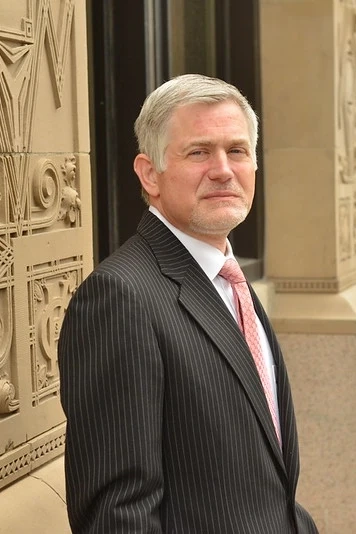Police often use deceptive techniques to interrogate people who are suspected of committing crimes. Deception can legally be used as long as it does not prompt confessions or criminal actions by innocent people.
Table of Contents
The Reid Technique
Police are legally allowed to use deceptive interrogation techniques to coerce suspects into confessing to a crime. As long as the interrogation method does not entice an innocent person to commit a crime or confess to a crime he/she did not commit, deceptive practices are perfectly legal. Known as the Reid technique, these types of deceptive interrogation actions are legal, but raise many concerns among citizens and law enforcement officials.
The Reid technique, developed by John E. Reid and Associates, has become a fundamental practice in law enforcement, but it has come under a lot of scrutinies in recent years due to problems with false confessions by innocent people. Reports show that one out of four people confess to crimes they don’t commit, because they feel frightened or intimidated by law enforcement during an interrogation. Reports also show that many people who confess to crimes under the Reid technique are later cleared of charges by DNA evidence. A criminal defense lawyer often provides a criminal defense for innocent people arrested and charged with crimes they did not commit.
There have been numerous cases of false confessions for crimes throughout the country. One such case that occurred in upstate New York involved a young man who was accused of injuring his infant son who died from alleged injuries. The man was interrogated by police for 10 hours, while his son lay in a hospital with a skull fracture. Under duress, the man eventually confessed to causing his son’s injury which was later proven to be caused by a massive blood and brain infection rather than a physical injury.
Although the man later recanted his confession, the damning interrogation video was played in its entirety at his criminal trial. The trial judge refused to allow an expert defense witness to testify about the deceptive interrogation techniques that caused the man to falsely confess to the crime, and the man was convicted of the crime. Currently, the man is awaiting a retrial that will exclude his confession, leaving no evidence connecting him to the crime.






